Wooden seedling flats or trays are a fabulous way to germinate seeds and grow healthy seedlings without single-use plastic pots or punnets. They are ideal to use for succession planting to extend the harvest. Wooden seedling trays (flats) allow your plants to start out and thrive in a protected, nutritious, and microbe-rich soil to produce strong seedlings that are more likely to succeed.
A range of different seed types can be sown into the one flat. Ideally you plant what you want to grow for the season in one or as many flats as you need.
Flats allow you to easily move your seeds into environments that are not too cold or hot as conditions change through the seasons. It is also important to keep your seedling flats in sight to ensure they are kept moist.
The seedlings will not fully mature in the seedling flat - they are a tool for nurturing young seedlings to a size ready for plant out into garden beds, pots or containers.
Seed Sowing Method


- Make a list of the seeds you have and want to grow for the season.
- Write the name of each seed you are going to sow on a label eg. a pop stick or plant label.
- You may choose to line your seedling flat with a sheet of newspaper to prevent soil escaping through any small gaps between the boards on the base.
- Fill your seedling flat with quality seed raising soil such as Bioactive Cocopeat or seed raising mix. It is important to choose a growing medium that is full of life and diverse inputs to provide plants with the nutrients they need to grow strong and fight disease and pests. It needs to be a light, well drained soil as seeds need air and moisture to germinate.
- If using, place a seed template on the edge of the flat. Our seed template creates an equidistant planting guide using a hexagonal shape. It is not a necessity and you can ensure each seedling will have enough space by eye or other measuring methods.
- Place the labels to identify the seeds being planted in each row or in each flat.
- Use a seed dibber or pointed object to make shallow furrows or evenly-spaced indents to the depth needed for each seed. Seed sowing depth guidelines are; fine seeds are sown on the soil surface, sow other seeds 3 x the diameter of the seed, and if oblong between 1 to 3 times the length of the seed.
- If using, remove the template and gently put each seed 'to bed' by filling the furrow or hole and gently pressing down the soil surface over the seeds.
- Moisten the soil with a misting nozzle or misting bottle - a bottle top sprinkler is a great, cheap, easy tool. Germinating seeds need constant moisture and will not germinate if they dry out.


Succession Planting
When seedlings have grown to a decent size (approx. 10 - 20cm) transplant the seedlings using a transplanter trowel into your garden where they will grow to maturity.
Seedling flats are a great tool for succession planting where you purposefully transplant the same type of seedling into the garden a week or so apart so that they will mature and be ready for harvesting one after the other. This reduces the seasonal glut and increases the harvesting period.
Other Uses and Benefits of Wooden Seedling Trays
Using wooden seedling flats to grow your garden from seeds is a zero-waste way to garden.
It allows us to avoid buying stacks of single-use plastic punnets and pots that often head straight to landfill. It feels amazing being able to grow our gardens consciously without detriment to the Earth. The flats are also compostable at the end of their life. See our article on Reducing Plastic Waste in The Garden for more tips!
Furthermore, flats are great to grow microgreens in, they are handy for travellers and those on the move, they will last for many years and weather gracefully.
Our seedling flats are made locally by the Vic Park Men's Shed and Rippa Woodturning.
Wishing you lots of happy sowing success and bumper crops!! 🌻 We'd love to hear more about what you are growing in your wooden seedling flats in the comments.

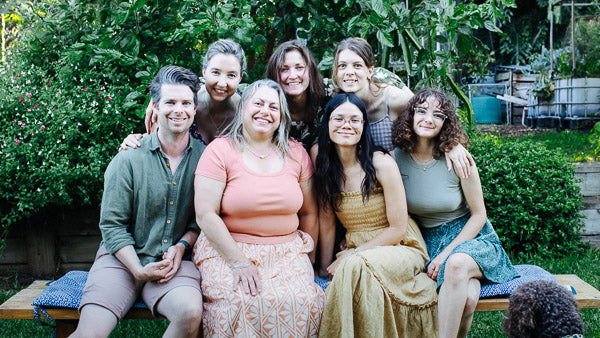

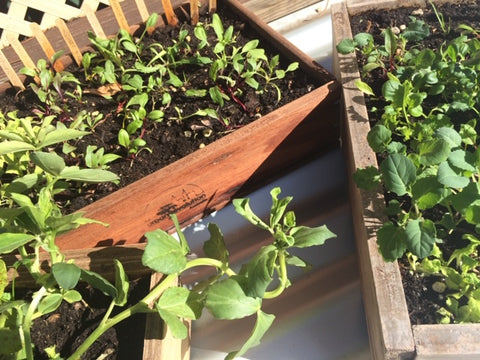

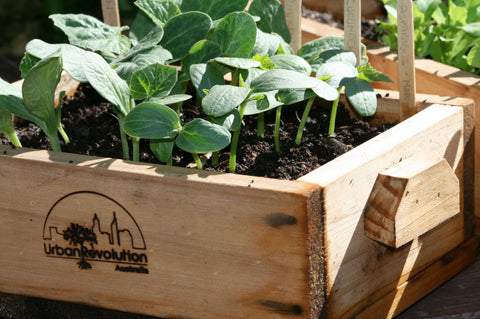
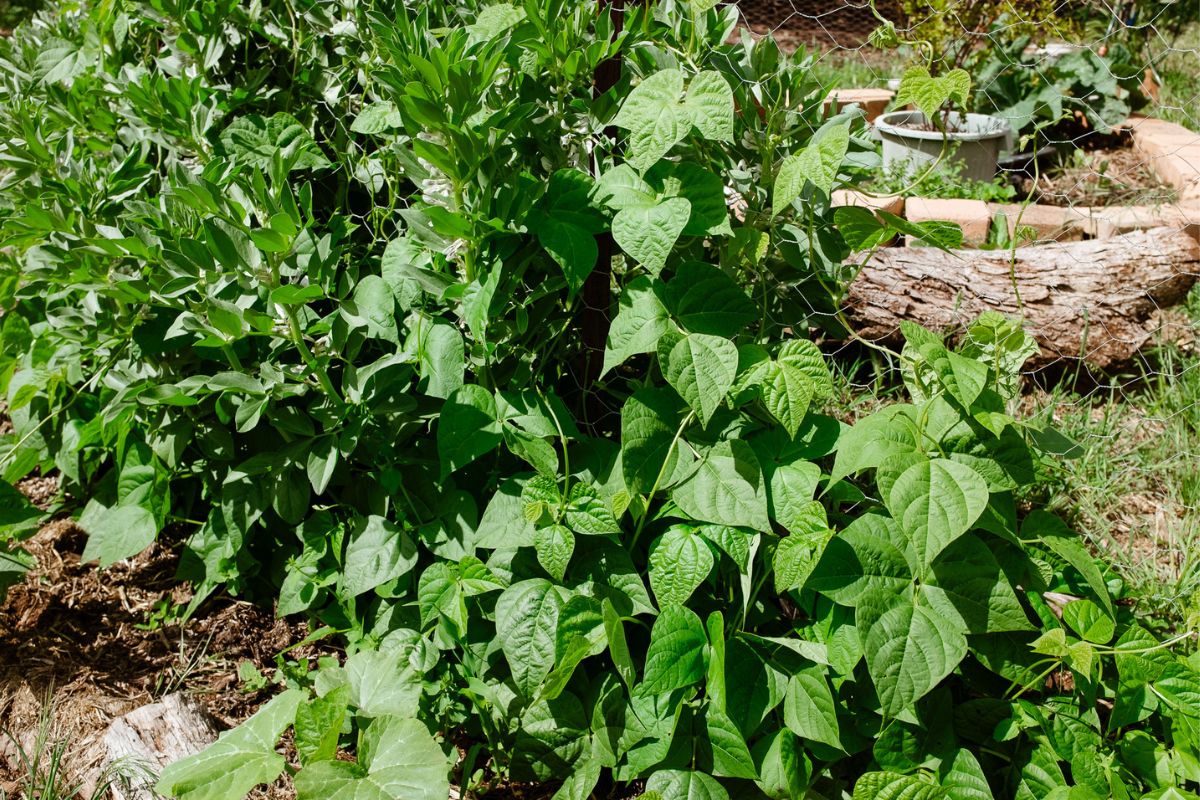
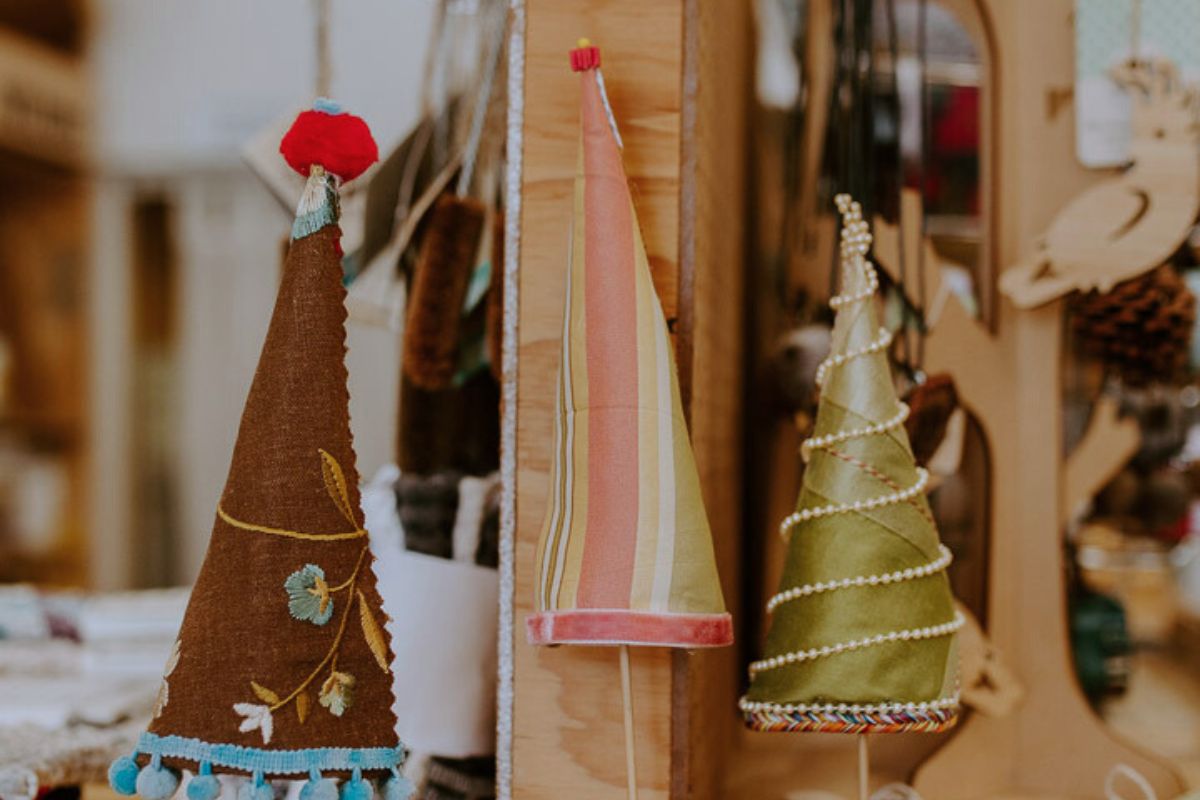
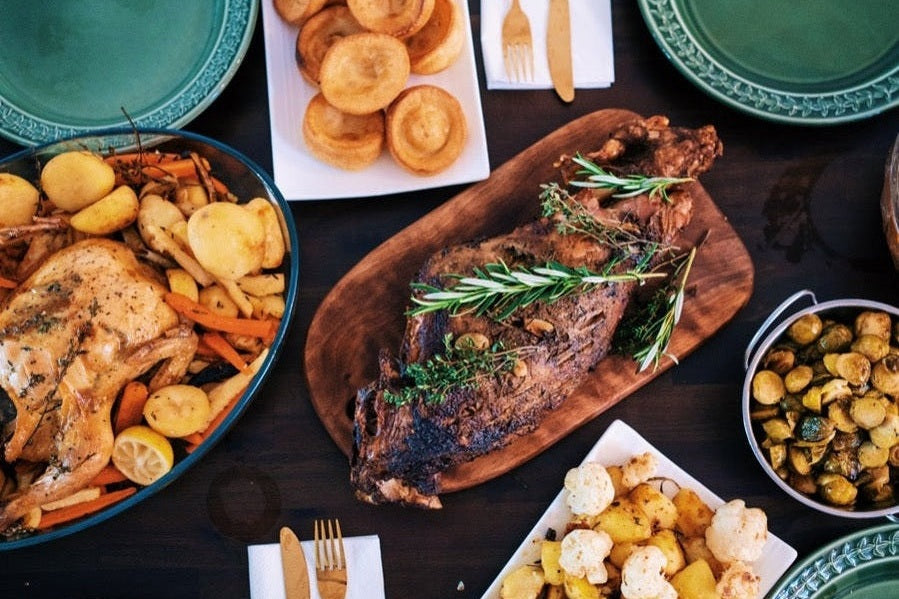
Norm Garrison
September 13, 2025
Interesting. I have been looking for methods of replacing plastic pots. I do not like the little coir pots; too expensive, too slow to break down when transplanted, questionable source (some are full of salts), etc. I tried doing the paper pot maker route…o.k., but don’t last long enough for long seedling time (like peppers). Tried to make “soil blocks”….good concept, hard to manage, don’t last long enough before breaking down.
However, I have some questions about these soil flats.
1. what keeps the roots from becoming a tangled mess? some veggies have very aggressive root systems!
2. how would you use these if the idea is to start 220 plants for a plant sale (sold in individual pots, preferably not plastic)? i.e., how would you pull up the individual seedlings without damaging the roots to transfer to a retail pot (also made of some organic material)?
3. what kind of drainage (holes) are in the bottom of the flat to allow for drainage?